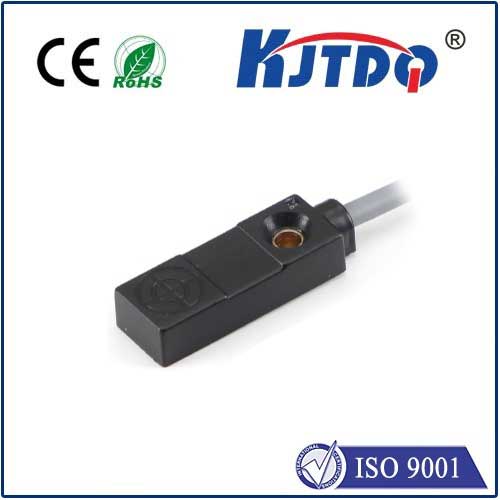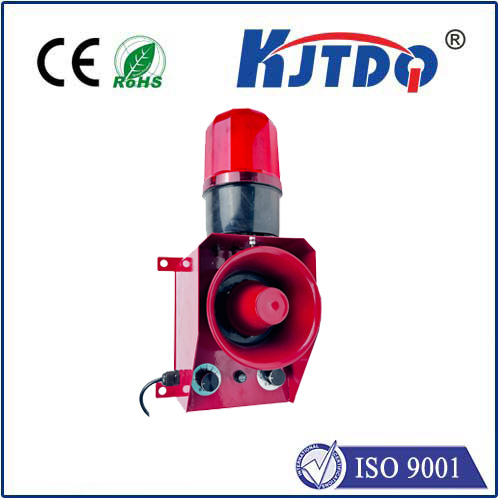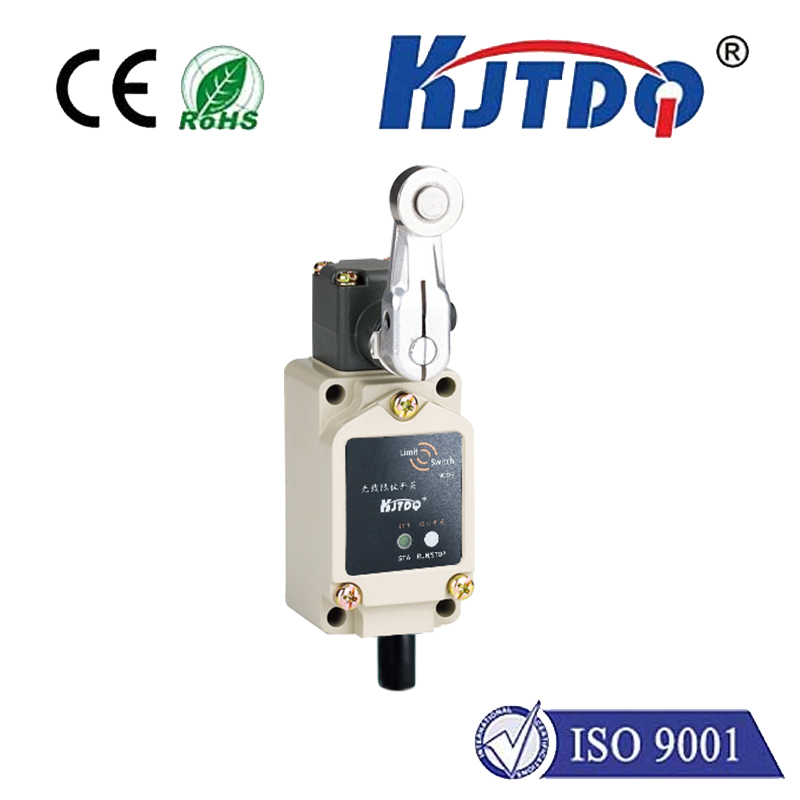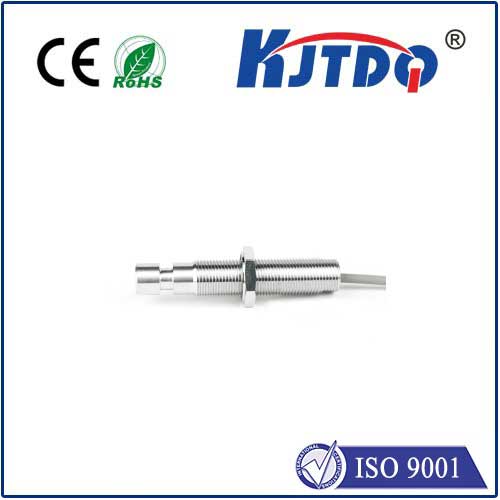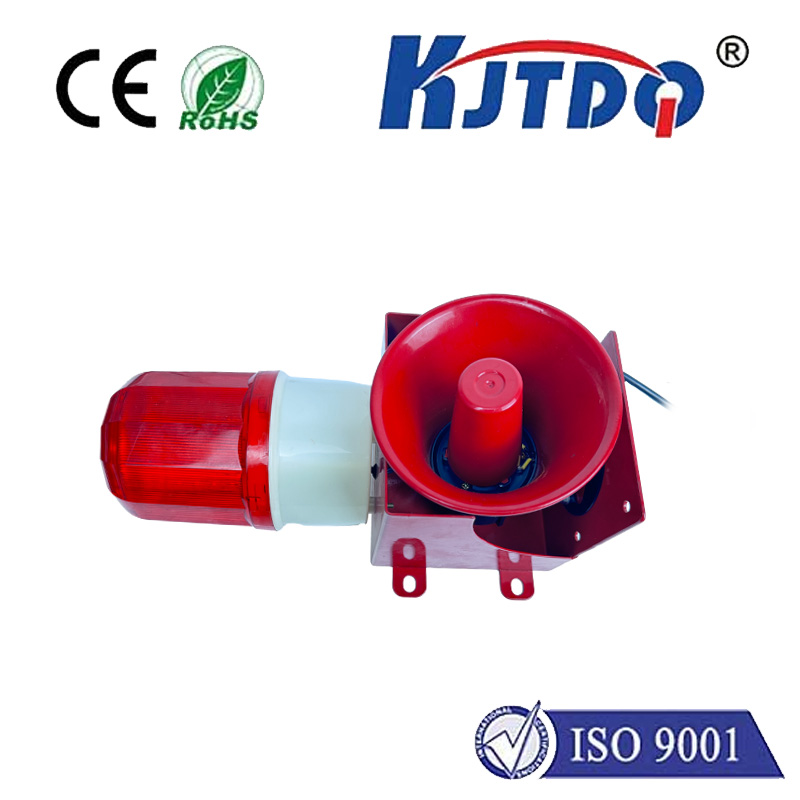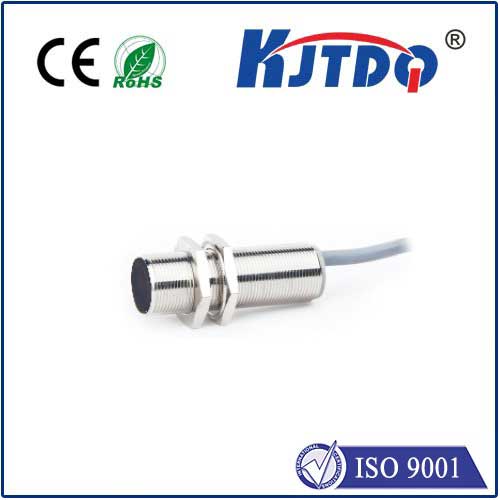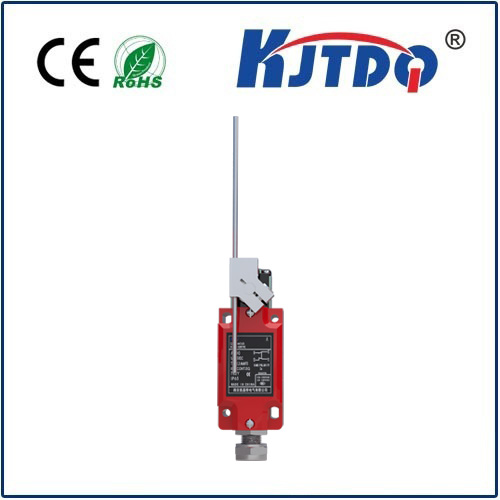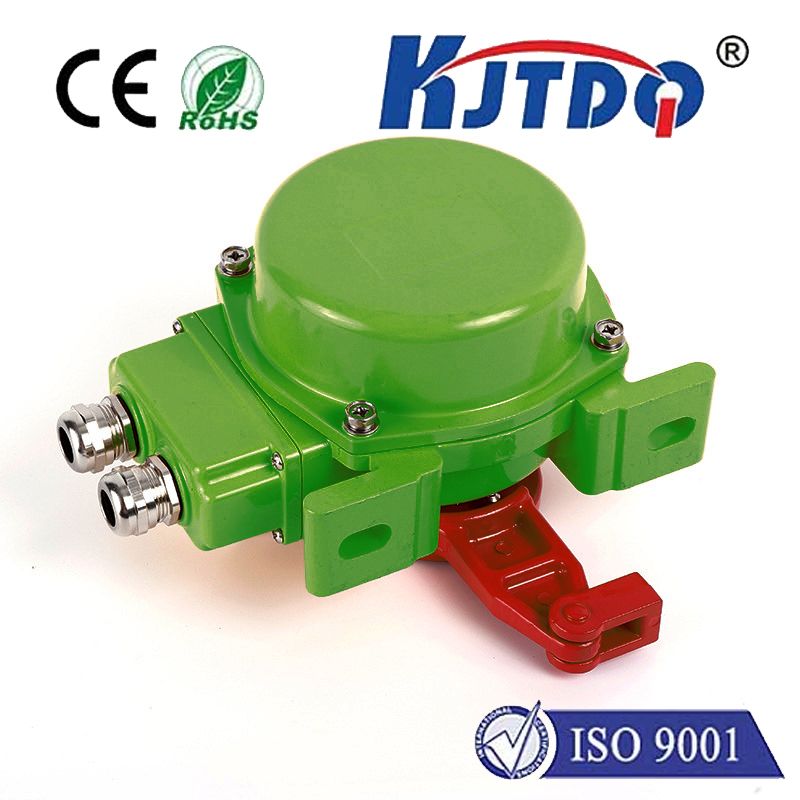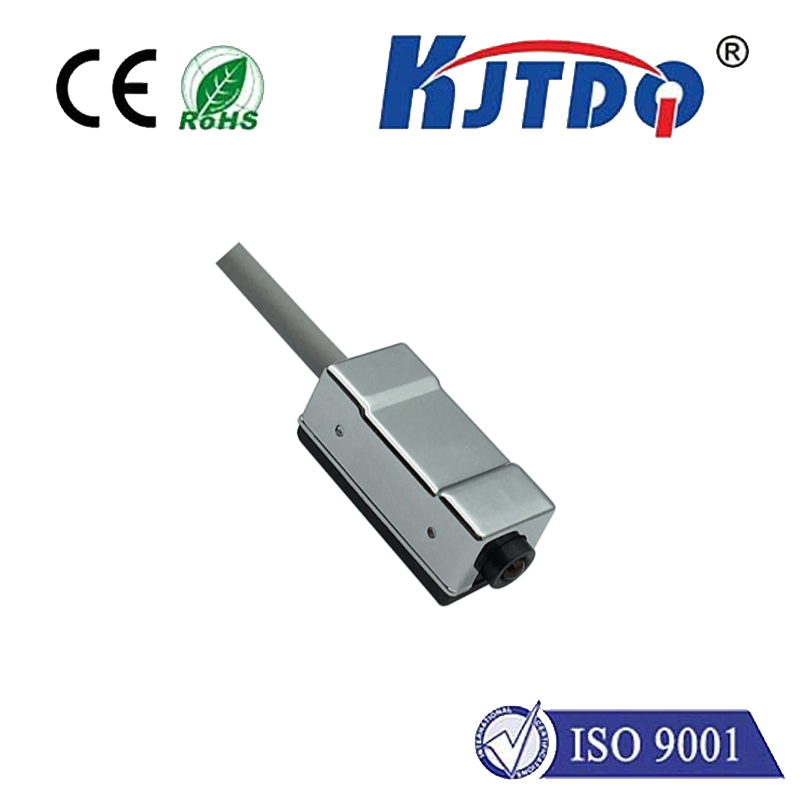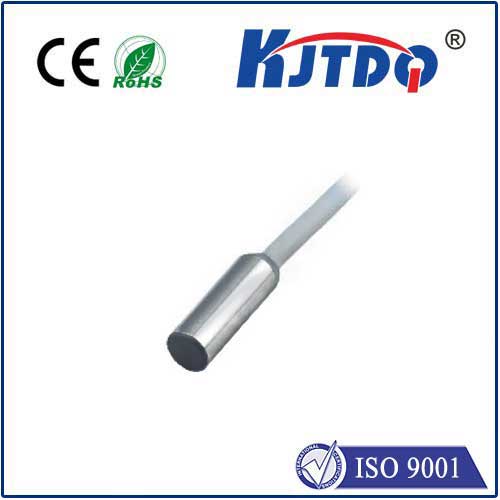
check

check

check

check

Title: “The Essential Guide to Linear Speed Sensors” Introduction In the realm of automation and precision engineering, linear speed sensors have emerged as indispensable tools. These devices play a critical role in measuring the velocity of objects moving in a straight line, which is essential for ensuring optimal performance in a variety of industrial applications. This guide delves into the intricacies of linear speed sensors, exploring their functionality, applications, benefits, and considerations for selection. Understanding Linear Speed Sensors A linear speed sensor is a device designed to measure the speed at which an object moves along a straight path. It converts the movement into an electrical signal that can be read by a controller or data acquisition system. These sensors are integral in motion control systems where accurate speed measurement is crucial for process control and safety. There are different types of linear speed sensors, including optical, magnetic, and capacitive sensors, each with its own mechanism of operation and ideal use case. Optical sensors utilize light beams to detect movement, while magnetic sensors rely on magnetic fields, and capacitive sensors use changes in电容to measure linear speed. Applications of Linear Speed Sensors Linear speed sensors are widely deployed across various sectors due to their ability to provide precise speed measurements. In manufacturing, they ensure the smooth operation of conveyor belts by monitoring their speed and direction. In the automotive industry, these sensors help in the anti-lock braking system (ABS) by detecting wheel speed. Additionally, within the packaging industry, linear speed sensors regulate the pace of filling and sealing processes, ensuring products are handled efficiently. Benefits of Utilizing Linear Speed Sensors The integration of linear speed sensors brings about numerous advantages. They enhance operational efficiency by providing real-time feedback for process adjustments. This ensures production lines run at optimal speeds, minimizing downtime and reducing waste. Furthermore, these sensors contribute to improved safety measures by enabling early detection of abnormal speeds, which could indicate mechanical failures or operational errors. Considerations When Selecting a Linear Speed Sensor Choosing the appropriate linear speed sensor requires careful consideration of several factors. The environment in which the sensor will operate is paramount; for instance, harsh industrial settings may demand ruggedized models capable of withstanding vibrations and extreme temperatures. The degree of precision required for the application will also influence the choice, as will the compatibility with existing systems and the cost implications. Conclusion Linear speed sensors are a cornerstone of modern industrial automation, offering precise speed monitoring critical for enhancing efficiency, safety, and overall system performance. By understanding their function, applications, benefits, and selection criteria, engineers and technicians can effectively incorporate these sensors into their projects, driving innovation and productivity across various industrial sectors. As technology advances, the capabilities and applications of linear speed sensors are set to expand even further, cementing their importance in the evolving landscape of automation and control systems.
